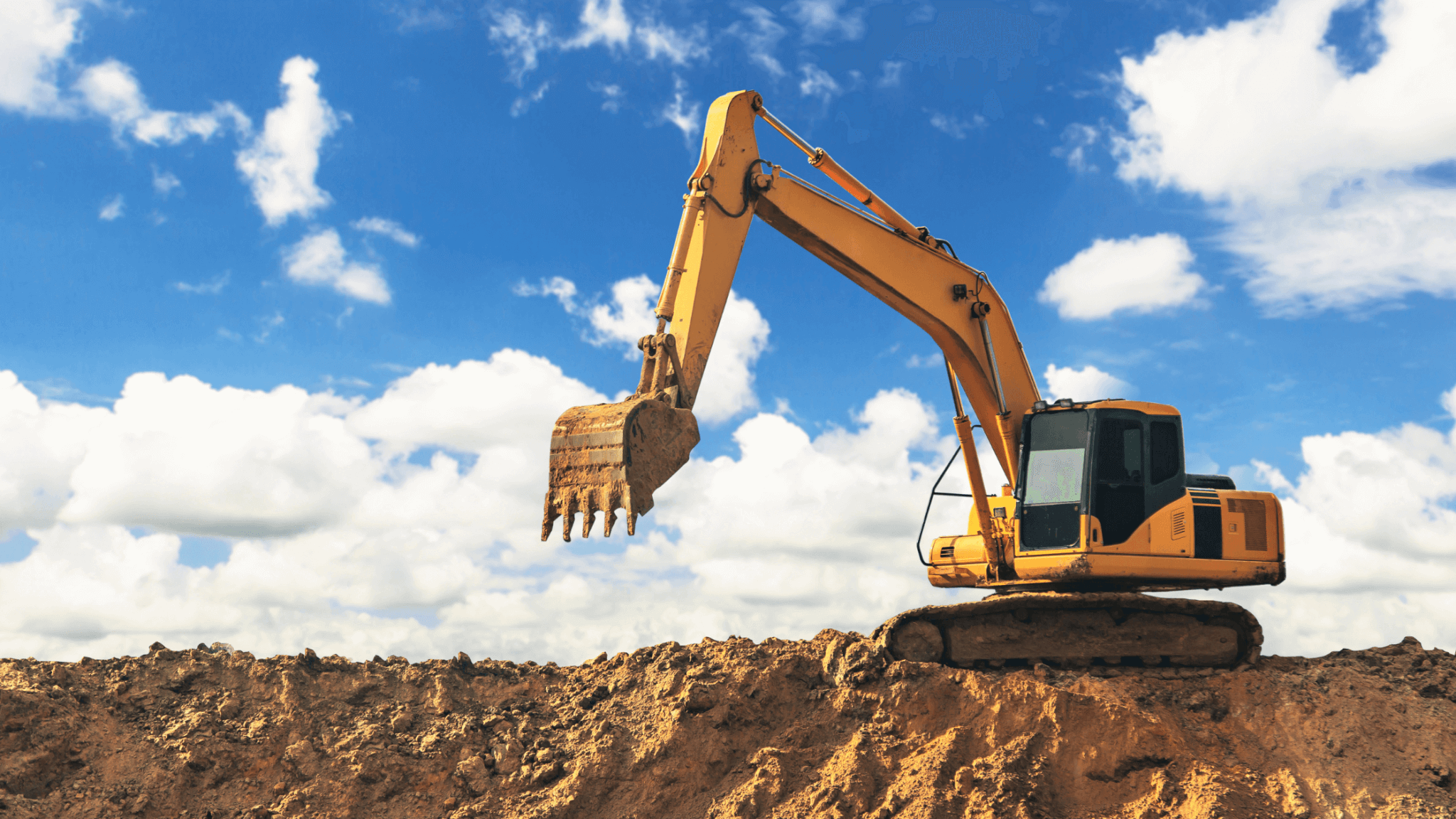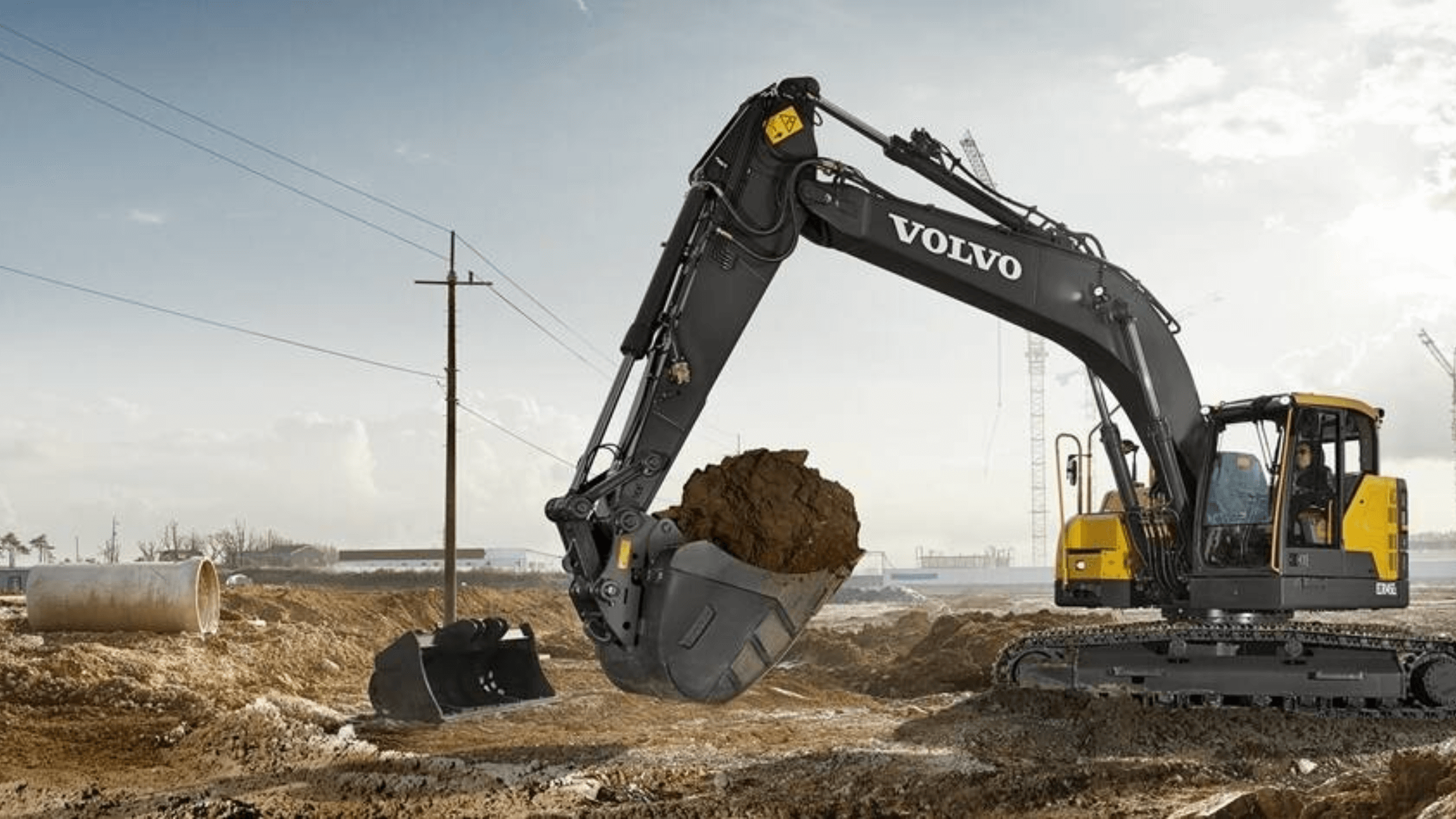
Excavator essentials: How to choose the right machine for the job
April 17, 2025
Consider factors like size, power, tail swing, and performance to find an excavator that best fits your project scope and site conditions.

Volvo rolls out 6 new midsize and large excavators in its biggest update in two decades
October 8, 2024
The new crawler excavators offer robust upgrades to efficiency and maintenance while increasing operator safety and comfort.



